 James Jones Lynching Article
James Jones Lynching Article
Entry Category: Criminal Activities
 James Jones Lynching Article
James Jones Lynching Article
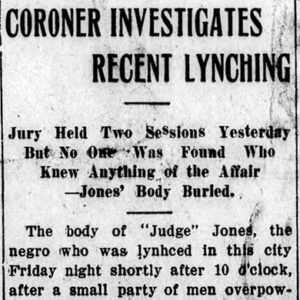 Judge Jones Lynching Article
Judge Jones Lynching Article
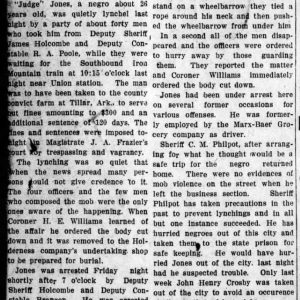 Judge Jones Lynching Article
Judge Jones Lynching Article
Jones, Judge (Lynching of)
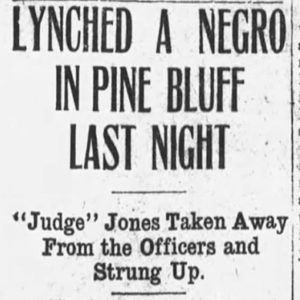 Judge Jones Lynching Article
Judge Jones Lynching Article
Jones, Maxine Temple
 Maxine Jones
Maxine Jones
 Jonesboro Lynching Article
Jonesboro Lynching Article
Jonesboro Lynching of 1881
aka: Greensboro Lynching of 1881
Jordan, Bob (Lynching of)
 Bob Jordan Lynching Article
Bob Jordan Lynching Article
Kahl, Gordon (Shooting of)
aka: Smithville Shootout
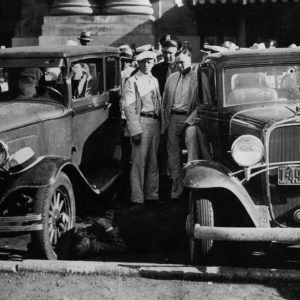 Kansas City Massacre
Kansas City Massacre
Kees, Willie (Lynching of)
Kennedy, James (Lynching of)
 James Kennedy Lynching Article
James Kennedy Lynching Article
Key, Lee (Lynching of)
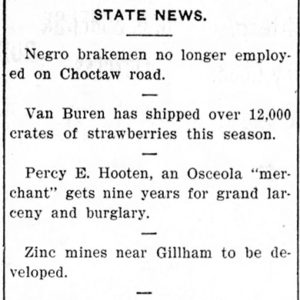 Lee Key Lynching Mention
Lee Key Lynching Mention
 Frank King Lynching Article
Frank King Lynching Article
King, Frank (Lynching of)
Kirkendall, Mose (Lynching of)
Kirkland, John (Lynching of)
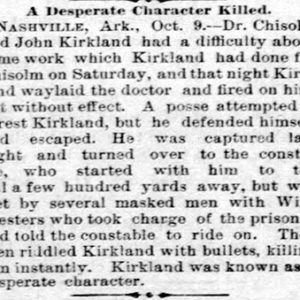 John Kirkland Lynching Story
John Kirkland Lynching Story
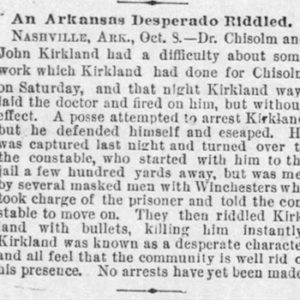 John Kirkland Lynching Story
John Kirkland Lynching Story
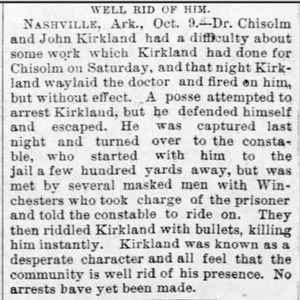 John Kirkland Lynching Story
John Kirkland Lynching Story
Labor Day Bombings of 1959
Lacey, Nathan (Lynching of)
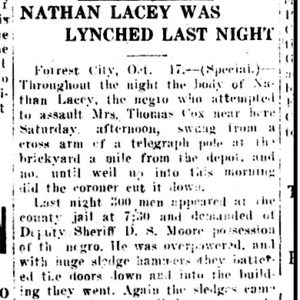 Nathan Lacey Lynching Article
Nathan Lacey Lynching Article
Lane, Frank (Lynching of)
Larkin, Hill (Lynching of)
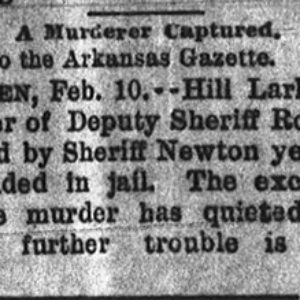 Hill Larkin Lynching Article
Hill Larkin Lynching Article
 Effie Latimer
Effie Latimer
Lavy, Thomas Lewis
Lebow (Lynching of)
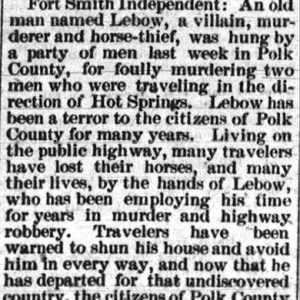 Lebow Lynching Article
Lebow Lynching Article
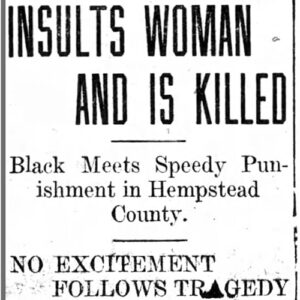 Charles Lewis Lynching Article
Charles Lewis Lynching Article
Lewis, Sanford (Lynching of)
 Lewis Lynching Article
Lewis Lynching Article
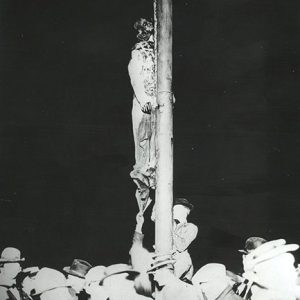 Sanford Lewis Lynching
Sanford Lewis Lynching
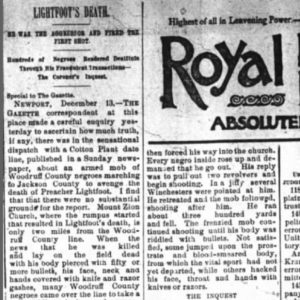 Lightfoot Lynching Article
Lightfoot Lynching Article
Lightfoot, G. P. F. (Lynching of)
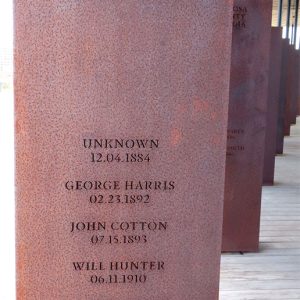 Lincoln County Lynching
Lincoln County Lynching
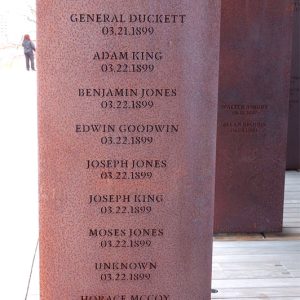 Little River County Lynching
Little River County Lynching
Little River County Lynching of 1878
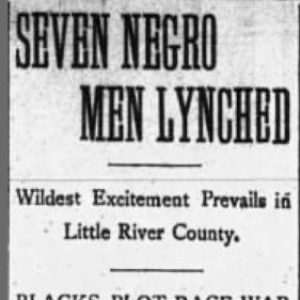 Little River County Lynchings
Little River County Lynchings
Livingston, Abe (Lynching of)
Livingston, Frank (Lynching of)
Logan County Lynching of 1874
aka: Sarber County Lynching of 1874
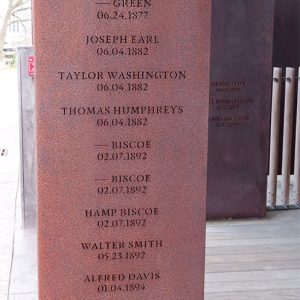 Lonoke County Lynching
Lonoke County Lynching




